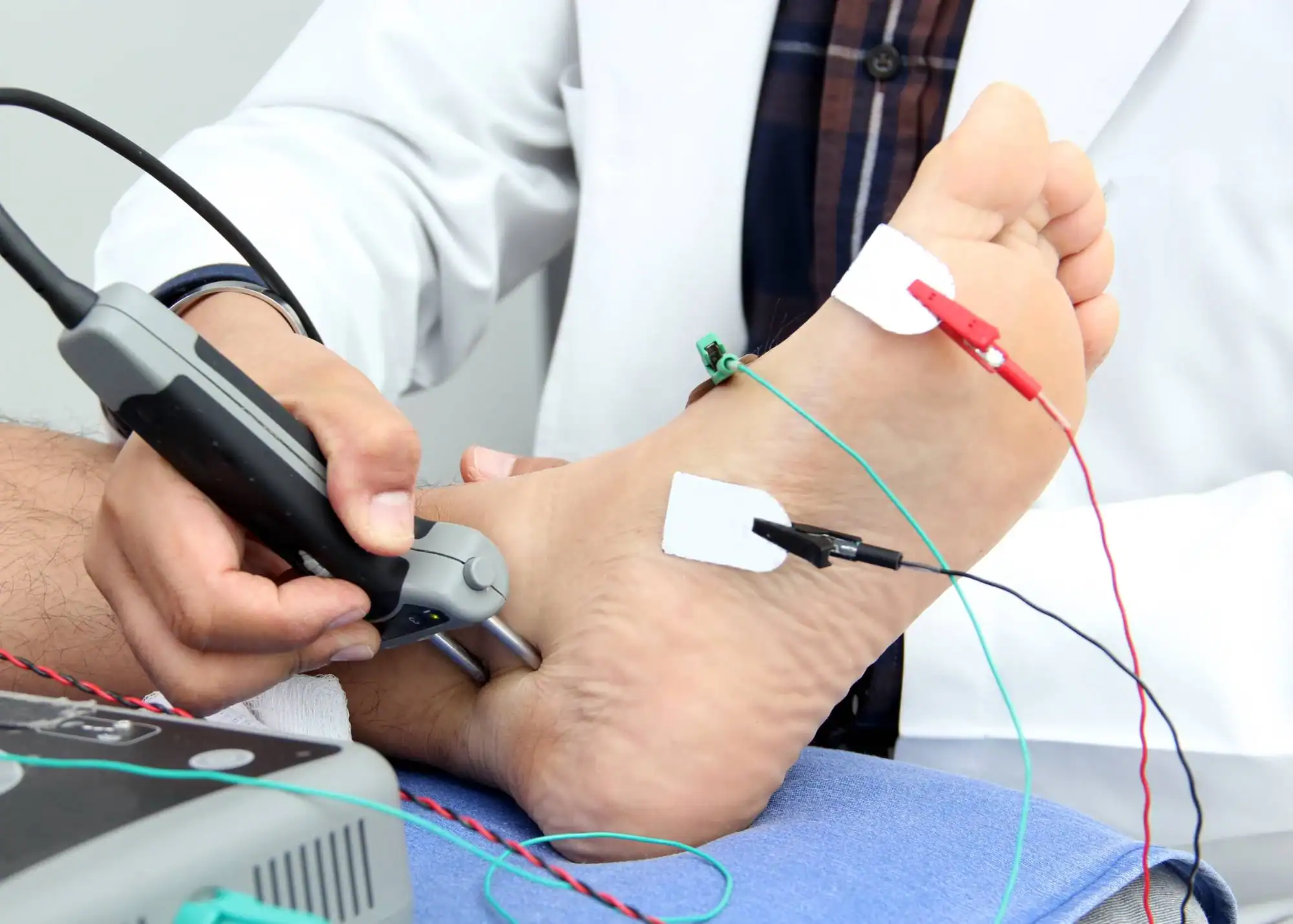Advanced diagnostic testing that pinpoints exactly what’s causing your nerve or muscle problems.
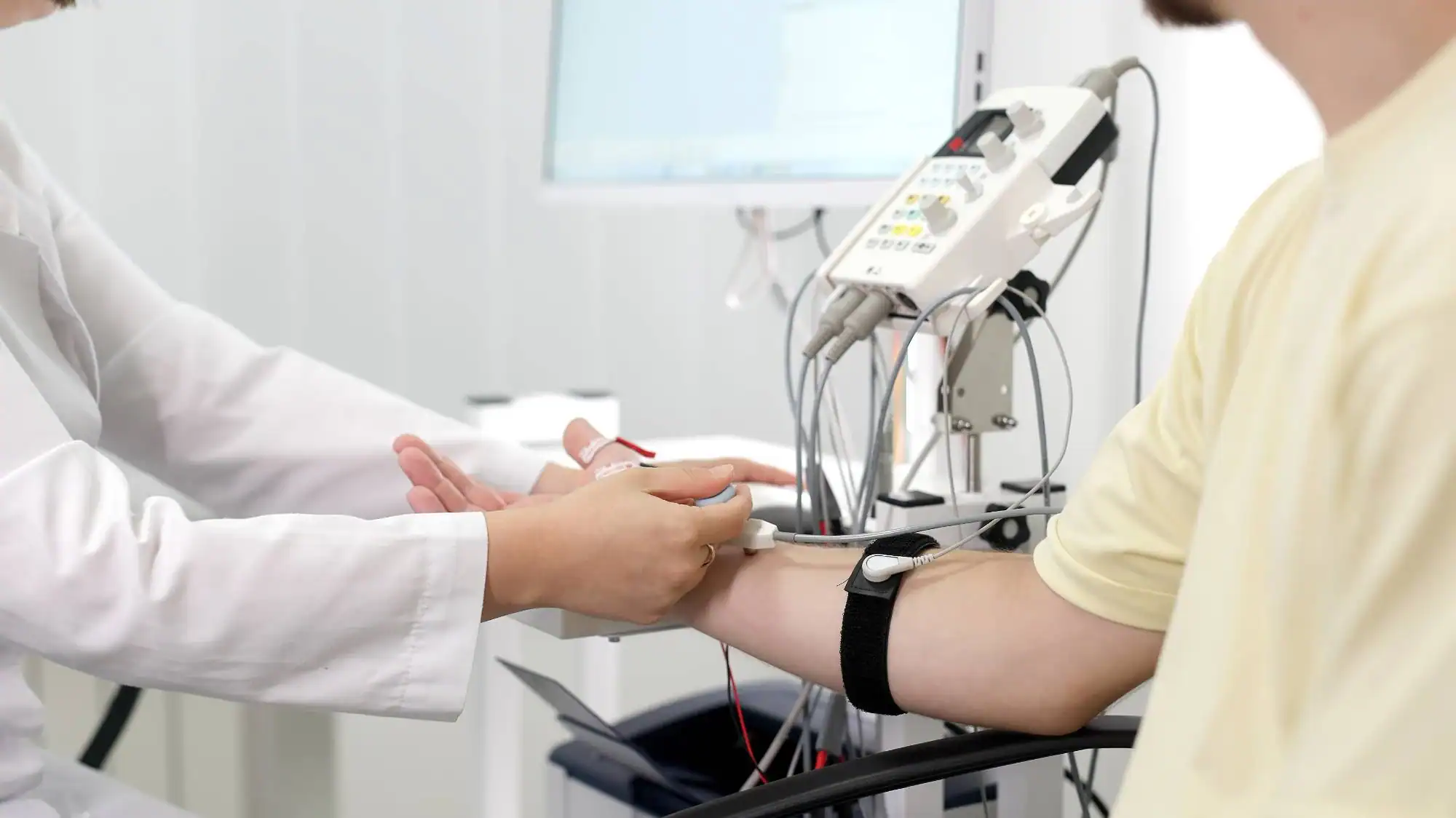
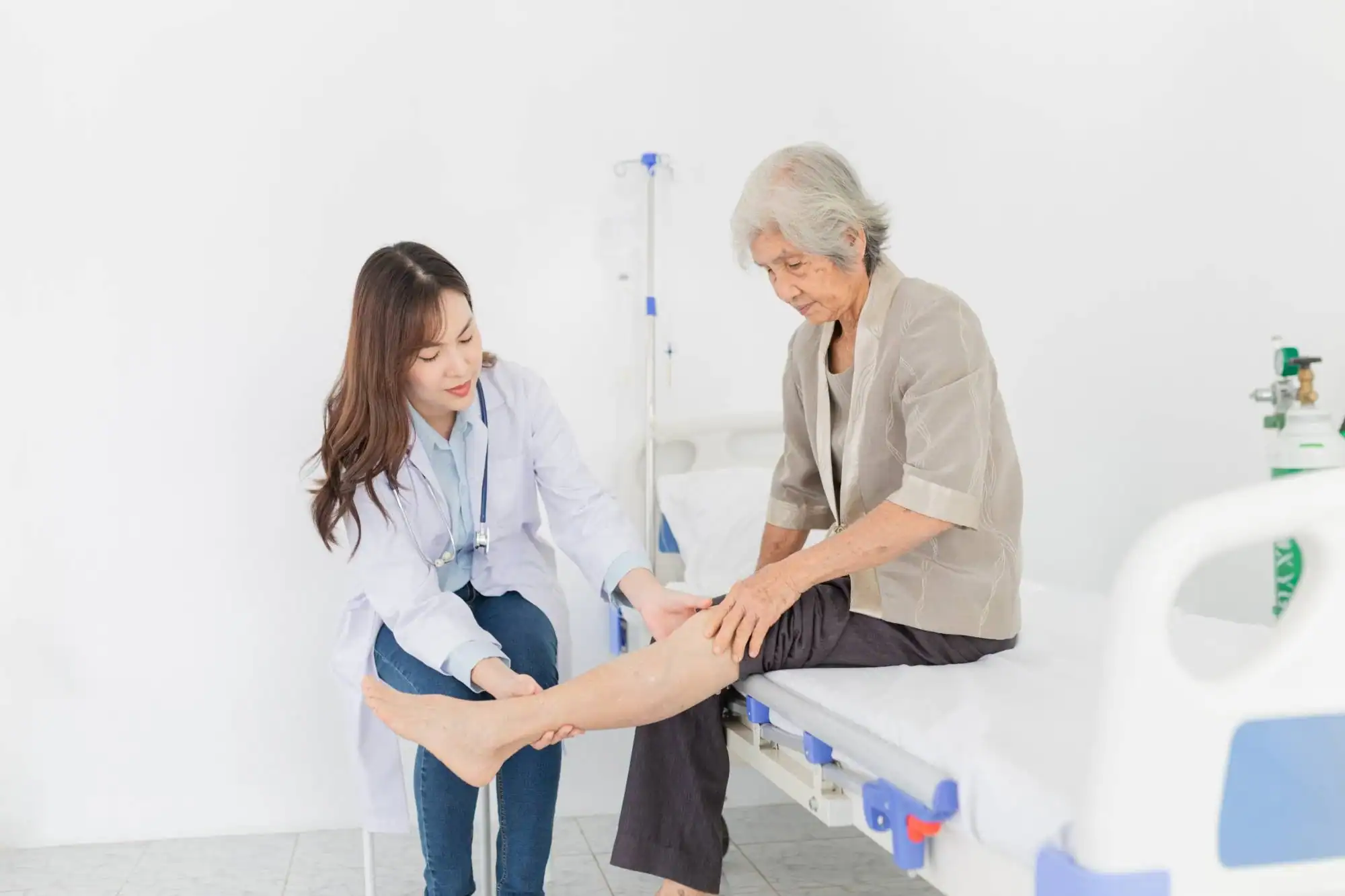
You’ve been dealing with numbness, tingling, weakness, or pain long enough. The uncertainty is exhausting. You need answers, not more guessing.
Our nerve and muscle testing gives you those answers. We use advanced electromyography and nerve conduction studies to measure exactly how your nerves and muscles are functioning. No more wondering if it’s serious or if it will get worse.
When you know what’s actually happening in your body, you can make smart decisions about treatment. You can stop worrying about the unknown and start focusing on getting better. That’s what proper diagnosis does – it turns confusion into clarity and fear into a plan forward.
NY Spine Medicine has been serving Upper East Side patients for years, specializing in comprehensive neuromuscular diagnostics. We’re not a general practice trying to figure things out as we go.
Our specialists understand the subtle differences between nerve compression, muscle disorders, and systemic conditions. We’ve seen thousands of cases and know how to interpret even complex test results accurately.
You’re not just getting a test – you’re getting expertise that comes from years of focused practice in nerve and muscle disorders right here in Manhattan.
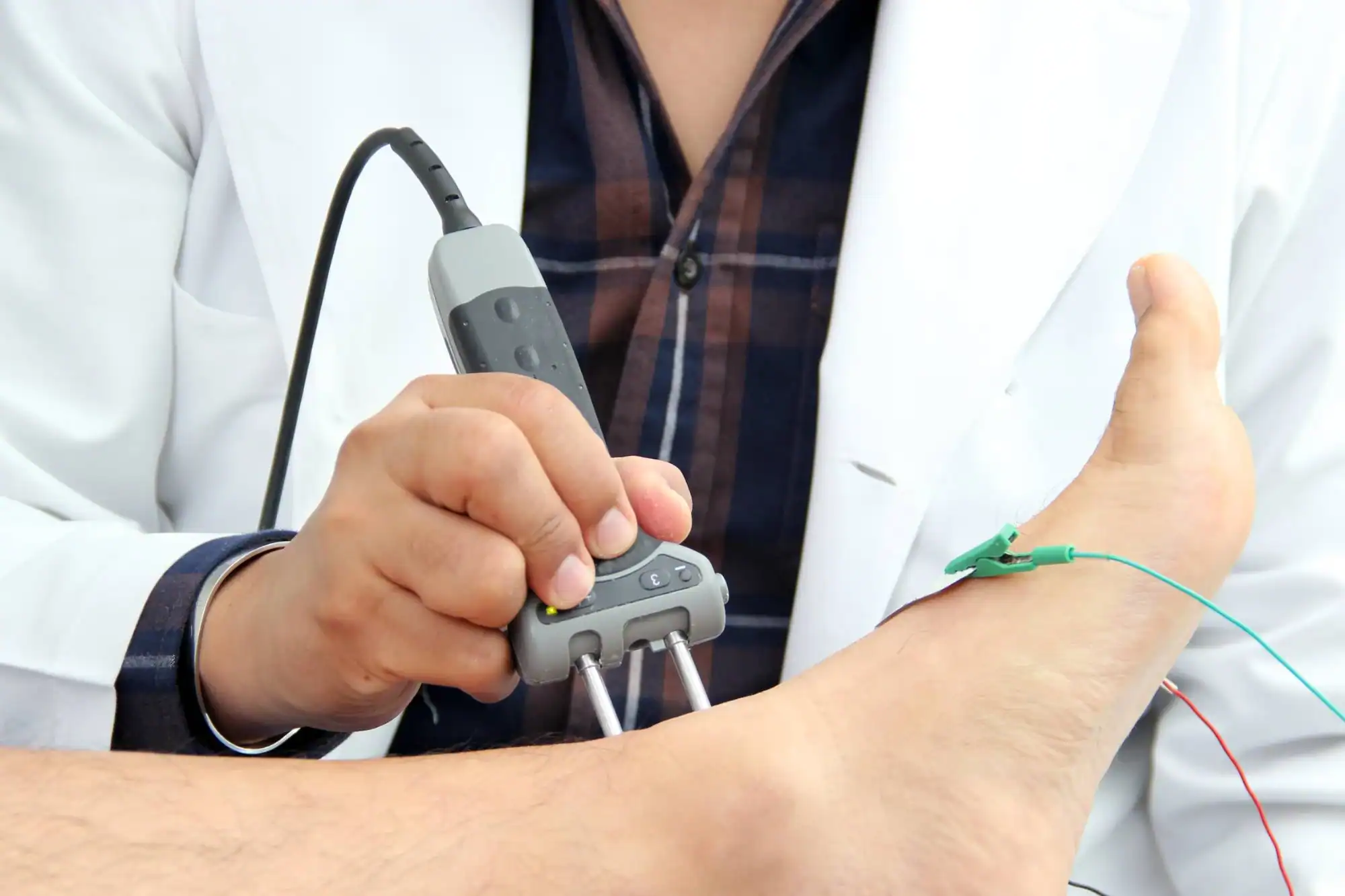
First, we’ll review your symptoms and medical history to understand what we’re investigating. This helps us focus the testing on the areas most likely causing your problems.
During the nerve conduction study, we place small electrodes on your skin and send mild electrical pulses to measure how fast and strong your nerve signals are. For the EMG portion, we use a thin needle electrode to check muscle activity. Most patients find it less uncomfortable than they expected.
The entire process typically takes 30-60 minutes depending on how many areas we need to test. You’ll get your results the same day, along with a clear explanation of what we found and what it means for your treatment options.
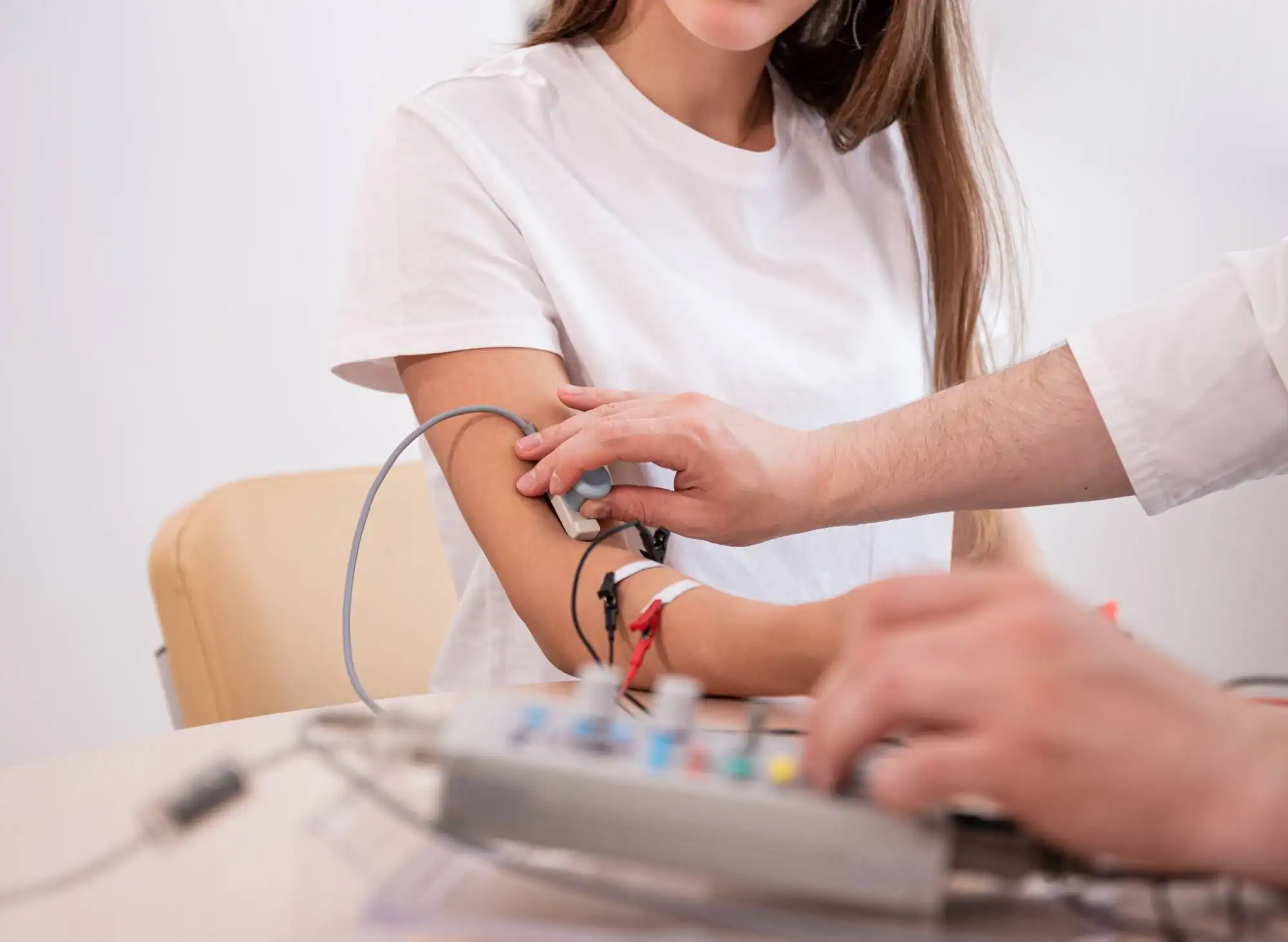
Ready to get started?
We test both nerve conduction and muscle function because they work together. A problem in one area often affects the other, and partial testing can miss important connections.
Our evaluation covers motor nerves that control muscle movement, sensory nerves that handle feeling and touch, and muscle response patterns that reveal underlying disorders. We’re looking for nerve damage, compression, inflammation, or muscle disease.
You’ll leave with detailed results, not vague explanations. We’ll tell you which nerves or muscles are affected, how severe the problem is, and what treatment approaches make the most sense based on your specific findings.
